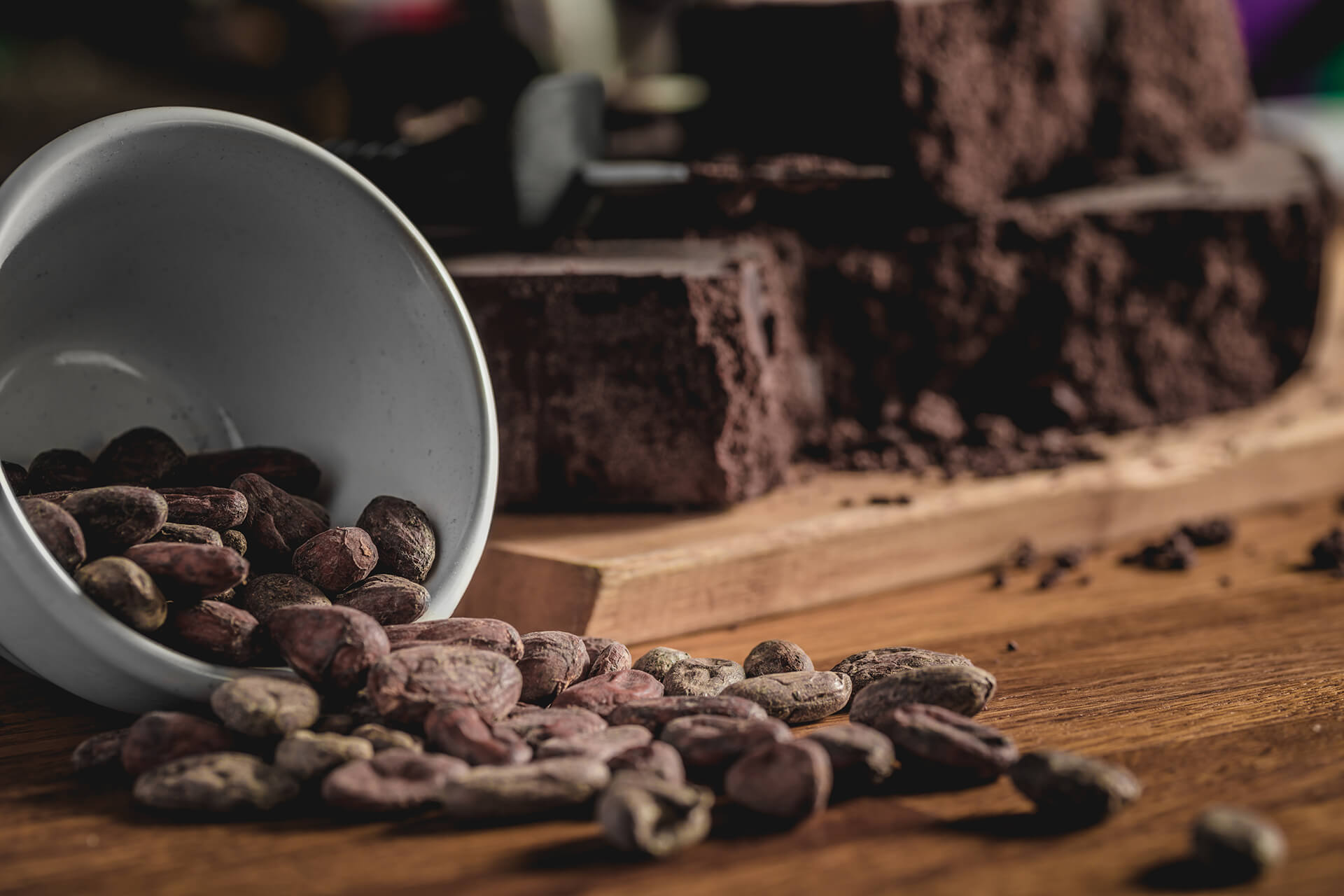
How to Maintain Quality in Chocolate Coating
September 23, 2019
The art of making chocolate is multi-faceted, complex and personal- with each recipe puling from a variety of different flavours, ingredients and inspirations. Despite this, the core ingredients and processes remain the same across the manufacturing of dark, milk and white chocolate. Therefore, the applicati0n to maintain quality in the chocolate coating process is also the same.
Many chocolate candies in this industry go through a process of chocolate coating, this can be for a number of reasons- most often to prevent the chocolate from melting, preserve shelf life or to provide it with a hard, shell-like exterior.
From start to finish, the ingredients and flavourings involved in the process need to be kept at a specific temperature and relative humidity conditions in order to create a consistent, high-quality product that will have the same tastes, textures and qualities across the globe.
WHAT’S THE PROCESS?
After going through the various processes of treating the cacao beans, turning them into nibs and forming cacao liquor/paste, the first major step in the chocolate making cycle is to add the remaining dry, raw materials.
From this point, it is a case of adapting your recipe to create the type of chocolate you want with all the right balances of flavours and from there you’ll have the chocolate paste- ready to go through the tempering process.
The coating procedure will take these tempered and shaped pieces of chocolate and will undergo one of a few different methods to create that hard shell or slightly glassy exterior. This same process applies to products like chocolate covered peanuts or raisins as well, the coating is key.
The two primary methods of achieving these effects are achieved through a chocolate enrober or through spray coating. On top of this, a substance called shellac may be used to prolong shelf life and preserve the consistency of the chocolates.
For chocolates with a softer, almost liquid centre, an enzyme called invertase may also be used in the process. This will slowly break down the interior of the sweets after they have been coated and provide those ever-popular contrasting textures.
Making chocolate is not without its difficulties, the hygroscopic ingredients used within the process require certain climatic conditions in order to maintain their quality throughout every facet of manufacturing.
The transitioning between liquid and solid chocolate is yet another element that requires specific conditions in order to keep the right aesthetics for the product as well. Flavour and appearance are the two fundamental elements of a chocolatier’s process, letting either one of these have their quality be controlled by the conditions surrounding it will only act as a disservice to your product.
HOW IS ALL THIS ACHIEVED?
Controlling and maintaining the conditions within each aspect of these practices throughout chocolate manufacturing is vital. It ensures that you will have a consistent, high-quality product that is uniform in texture and flavour and can help prevent spoilage along the entirety of manufacturing.
In humid conditions, dry or powdered ingredients can begin to cake as they are hygroscopic substances that will automatically take in as much moisture from the environment as possible. In the tempering stage of manufacturing, it is equally important to control the environment- it maintains a uniform quality around everything produced, something that is especially vital in a mass-production scale.
On the coating side of the process, different parameters in climatic control are required. The liquid chocolate itself is being cooled in the process and the use of low-temperature air is used to achieve this in way to reduce production time. Air, however, as it cools, reduces its ability to hold moisture and therefore without humidity control would surround the chocolate in saturated humidity conditions.
Among other issues the materials that are used in the enrobing process contains the same hygroscopic ingredients, and should they be exposed to a relative humidity level above 50-55% they will begin to absorb the moisture from the environment, ruining the texture of the product and therefore jeopardising the quality.
Naturally, a similar process would occur during the spray coating method – the wet ingredients that will be layering up over the chocolate need to be dried during each layer added and kept dry in order to not lose their texture and consistency. While the inclusion of shellac on the exterior of chocolate products may act as a barrier once coating is complete, between the product and its environment, the product will still have to be kept at a controlled moisture level before this point, otherwise there is the risk of trapping moisture inside the coating and again ruining the consistency of the product.
IN CONCLUSION
For quality, reliability and a consistent rate of production, having full control over the relative humidity of your environment is a crucial measure to take. Dealing with a hygroscopic material like sugar means that you should always be aware of the relative humidity level in your kitchen, not doing this could result in a variety of situations that will take away from the quality of your goods and potentially cause a large dip in production rates.
Climate affects our food in a multitude of ways, from causing chocolate to sweat to ruining its textures. This is an industry that thrives on creativity and quality- controlling the relative humidity in your environment allows you to focus on what matters: your product.
For more information on how Dehum can help with your chocolate production please visit http://dehum.com/applications/food-drink/ or call us on 01926 882624.
For over twenty-one years, Dehum (Sorption Wheel Services Limited) has been a major supplier of humidity control systems. We are a true Engineering Company, designing, supplying and coordinating installations of equipment alongside complimentary services. Our global client list spans across all industries, including food & drink, pharmaceutical, nuclear, automotive, aviation, chemical processing, ice prevention/cold storage, car storage and archives.









